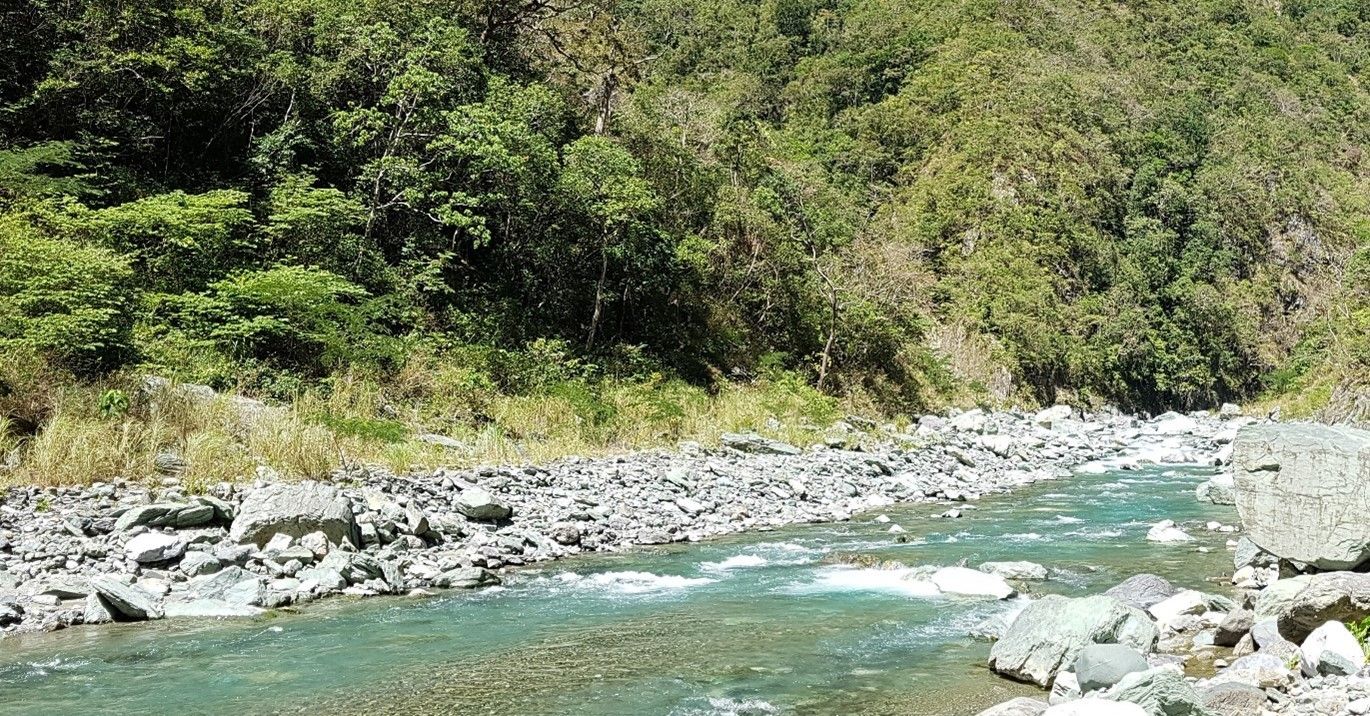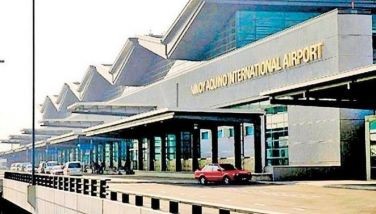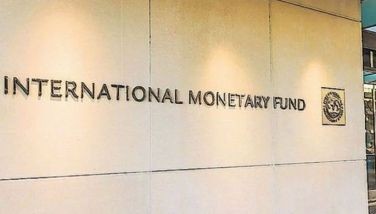DBP approves P660-M loan for small-scale Nueva Ecija hydro project

MANILA, Philippines — State-owned Development Bank of the Philippines (DBP) has approved a loan of P660 million for the development of a 4.6-megawatt (MW) mini hydropower project in Gabaldon, Nueva Ecija.
The bank said its decision will help the Philippine government achieve its target of making renewable energy (RE) account for a higher percentage of the country's power mix.
In a statement on Friday, DBP said it will release the first tranche of the approved funding to developer Dupinga Mini Hydro Corp. (DMHC) within the month. The new RE venture is expected to be completed by early 2024.
The loan approved for the project comes from the bank's financing instrument which funds utility-scale energy generation projects, or the "Financing Utilities for Sustainable Energy Development."
The small-scale Dupinga project seeks to harness water from the Dupinga River system and convert it to clean electricity for supply to nearby power provider Nueva Ecija II – Area 2 Electric Cooperative, Inc. (NEECO 2- Area 2).
Aside from supplying clean power, it is seen to spur economic activity and improve the welfare of the community by generating additional income for every kilowatt of generated power.
DBP President and Chief Executive Officer Emmanuel Herbosa explained that the project is located within the ancestral domain of the Katutubong Dumagat of Central Luzon and the Sierra Madre mountain range.
"Ensuring the completion of this project through our funding support also assures that the welfare of our indigenous people and their community as well as the Sierra Madre are protected and remains sustainable," he said.
The project's developer DMHC is a partnership between local RE firm Alternergy Holdings Corp.; and investment company Markham Resources Corp. owned by Frabelle Group President Francisco Tiu Laurel.
Hydropower plants only contributed 4.2% to the country's monthly power supply mix in March this year, figures from the Independent Electricity Market Operator of the Philippines (IEMOP) showed. Meanwhile, coal remains a significant contributor to the Philippines' power generation mix, as it accounted for more than half or 57.6% during the same period.
In its latest Philippine Energy Plan, the government said it aspires to raise the share of renewables in the power mix to 35% by 2030 and 50% by 2040.
- Latest
- Trending


































